Glacial Acetic Acid+lignocaine+ofloxacin
About Glacial Acetic Acid+lignocaine+ofloxacin
Glacial Acetic Acid+lignocaine+ofloxacin is used to treat ear infections and ear conditions such as otalgia (ear pain), acute otitis media (middle ear infection), and otitis externa (inflammation of the outer ear canal). Otalgia is ear pain, which can result from infections, injuries, or underlying health conditions. Acute Otitis Media is a bacterial or viral infection leading to inflammation and fluid build-up in the middle ear. Otitis Externa is an infection or inflammation of the outer ear canal, often triggered by bacteria, moisture, or injury.
Glacial Acetic Acid+lignocaine+ofloxacin is a combination medication. It contains glacial acetic acid, lignocaine and ofloxacin. Glacial acetic acid helps prevent bacterial and fungal growth by creating an acidic environment, while ofloxacin is an antibiotic that kills infection-causing bacteria. Lignocaine acts as a local anaesthetic, providing pain relief by numbing the affected area. Together, they help treat Acute Otitis Media, Otalgia, and Otitis Externa by reducing infection, inflammation, and discomfort.
You are advised to use Glacial Acetic Acid+lignocaine+ofloxacin for as long as your doctor prescribes it. In some cases, Glacial Acetic Acid+lignocaine+ofloxacin may cause common side effects such as a burning or stinging sensation in the ear. These side effects are usually mild and resolve gradually over time. However, you are advised to talk to your doctor if you experience these side effects persistently.
Consult your doctor if you are pregnant or breastfeeding before using Glacial Acetic Acid+lignocaine+ofloxacin. Avoid touching the tip of the dropper, as it may contaminate the contents. If you are using two otic drops, wait for at least 5-10 minutes between applications to allow proper absorption of the medication. Inform your doctor about other medicines to prevent any side effects/interactions.
Uses of Glacial Acetic Acid+lignocaine+ofloxacin
Medicinal Benefits
Glacial Acetic Acid+lignocaine+ofloxacin is used to treat ear infections and conditions such as otalgia (ear pain), acute otitis media (middle ear infection), and otitis externa (inflammation of the outer ear canal). It is a combination medication. It contains glacial acetic acid, lignocaine and ofloxacin. Glacial acetic acid helps prevent bacterial and fungal growth by creating an acidic environment, while ofloxacin is an antibiotic that kills infection-causing bacteria. Lignocaine acts as a local anaesthetic, providing pain relief by numbing the affected area. Together, they help treat Acute Otitis Media, Otalgia, and Otitis Externa by reducing infection, inflammation, and discomfort.
Directions for Use
- Follow your doctor’s instructions on the dosage and timing of this medication to ensure safe and effective use.
- Tilt your head to the side or lie down with the affected ear facing up. Gently pull the earlobe backwards and upward (to open the ear canal. Instill the prescribed number of drops without touching the dropper to the ear, then keep your head tilted for a few minutes to allow proper absorption.
- Avoid touching the dropper’s tip to prevent contamination. Replace the cap tightly after each use.
Storage
Side Effects of Glacial Acetic Acid+lignocaine+ofloxacin
- Burning sensation in the ear
- Stinging sensation in the ear
Drug Warnings
Do not use Glacial Acetic Acid+lignocaine+ofloxacin if you are allergic to any of its contents. Talk to your doctor if the irritation persists or worsens despite using Glacial Acetic Acid+lignocaine+ofloxacin for 3 days. Inform your doctor if you have a hole in your ear drum (ruptured ear drum), fever, or severe ear pain before using Glacial Acetic Acid+lignocaine+ofloxacin. Do not use Glacial Acetic Acid+lignocaine+ofloxacin for more than the prescribed dose and duration as it may cause side effects. Consult your doctor before using Glacial Acetic Acid+lignocaine+ofloxacin if you are pregnant or breastfeeding. If you experience ear discharge, drainage, or worsening pain, stop using Glacial Acetic Acid+lignocaine+ofloxacin, and please consult a doctor immediately.Glacial Acetic Acid+lignocaine+ofloxacin is unlikely to cause dizziness. However, in rare cases, ofloxacin present in it may cause dizziness in some individuals. To prevent dizziness, hold the bottle in your hand for one to two minutes before administration. Glacial Acetic Acid+lignocaine+ofloxacin should be used in children only if advised by the doctor. Avoid touching the tip of the dropper, as it may contaminate the contents.
Drug Interactions
Drug-Drug Interactions: Glacial Acetic Acid+lignocaine+ofloxacin may interact with antineoplastic drugs (ifosfamide), anti-androgens (flutamide), local anaesthetic (bupivacaine), and anticonvulsants (phenytoin).
Drug-Food Interactions: No interactions found/established.
Drug-Disease Interactions: No interactions found/established.
Drug-Drug Interactions Checker List:
Safety Advice

Alcohol
consult your doctorIt is not known whether alcohol interacts with Glacial Acetic Acid+lignocaine+ofloxacin. Please consult your doctor.

Pregnancy
cautionPlease consult a doctor if you are pregnant. Glacial Acetic Acid+lignocaine+ofloxacin is given to pregnant women if the doctor thinks the benefits outweigh the risks.

Breast Feeding
cautionPlease consult a doctor if you are a breastfeeding mother as Glacial Acetic Acid+lignocaine+ofloxacin is given to breastfeeding women if the doctor thinks the benefits are greater than the risks.

Driving
cautionPlease consult a doctor if you are a breastfeeding mother as Glacial Acetic Acid+lignocaine+ofloxacin is given to breastfeeding women if the doctor thinks the benefits are greater than the risks.

Liver
consult your doctorLimited data is available. Please consult your doctor before taking Glacial Acetic Acid+lignocaine+ofloxacin if you have a liver problem or any concerns regarding this.

Kidney
consult your doctorLimited data is available. Please consult your doctor if you have any concerns regarding the usage of Glacial Acetic Acid+lignocaine+ofloxacin in patients with kidney impairment.

Children
cautionGlacial Acetic Acid+lignocaine+ofloxacin should be administered in children only if prescribed by a doctor.
Habit Forming
Diet & Lifestyle Advise
- Stay hydrated by drinking plenty of fluids to thin mucus and support healing.
- Eat nutrient-rich foods by including fruits, vegetables, and lean proteins to boost immunity.
- Increase vitamin C & zinc foods like bell peppers, oranges, and nuts help strengthen immunity.
- Limit sugary & processed Foods as excess sugar may weaken the immune system and slow recovery.
- Keep ears dry by avoiding water entry into the ears, especially while swimming or showering.
- Avoid cotton swabs as using cotton swabs can push wax deeper and irritate the ear canal.
- Practice good hygiene by washing hands regularly to prevent bacterial or viral infections.
Patients Concern
Disease/Condition Glossary
Otalgia: Otalgia refers to ear pain, which can result from infections, injuries, or underlying health conditions.
Acute Otitis Media: Acute Otitis Media is a bacterial or viral infection leading to inflammation and fluid build-up in the middle ear.
Otitis Externa: Otitis Externa is an infection or inflammation of the outer ear canal, often triggered by bacteria, moisture, or injury.
FAQs
Glacial Acetic Acid+lignocaine+ofloxacin is used to treat ear infections and conditions such as otalgia (ear pain), acute otitis media (middle ear infection), and otitis externa (inflammation of the outer ear canal).
Glacial Acetic Acid+lignocaine+ofloxacin is a combination medication. It contains glacial acetic acid, lignocaine and ofloxacin. Glacial acetic acid helps prevent bacterial and fungal growth by creating an acidic environment, while ofloxacin is an antibiotic that kills infection-causing bacteria. Lignocaine acts as a local anaesthetic, providing pain relief by numbing the affected area. Together, they help treat Acute Otitis Media, Otalgia, and Otitis Externa by reducing infection, inflammation, and discomfort.
Glacial Acetic Acid+lignocaine+ofloxacin can be used with other ear medications if the doctor advises. Maintain a gap of 10-15 minutes between Glacial Acetic Acid+lignocaine+ofloxacin and other ear medications to allow proper absorption.
Glacial Acetic Acid+lignocaine+ofloxacin may cause temporary irritation in the ear immediately after application. However, if the irritation persists or worsens, please consult your doctor.
The side effects of Glacial Acetic Acid+lignocaine+ofloxacin include a burning or stinging sensation in the ear. These side effects are usually mild and resolve gradually over time. However, you are advised to talk to your doctor if you experience these side effects persistently.


